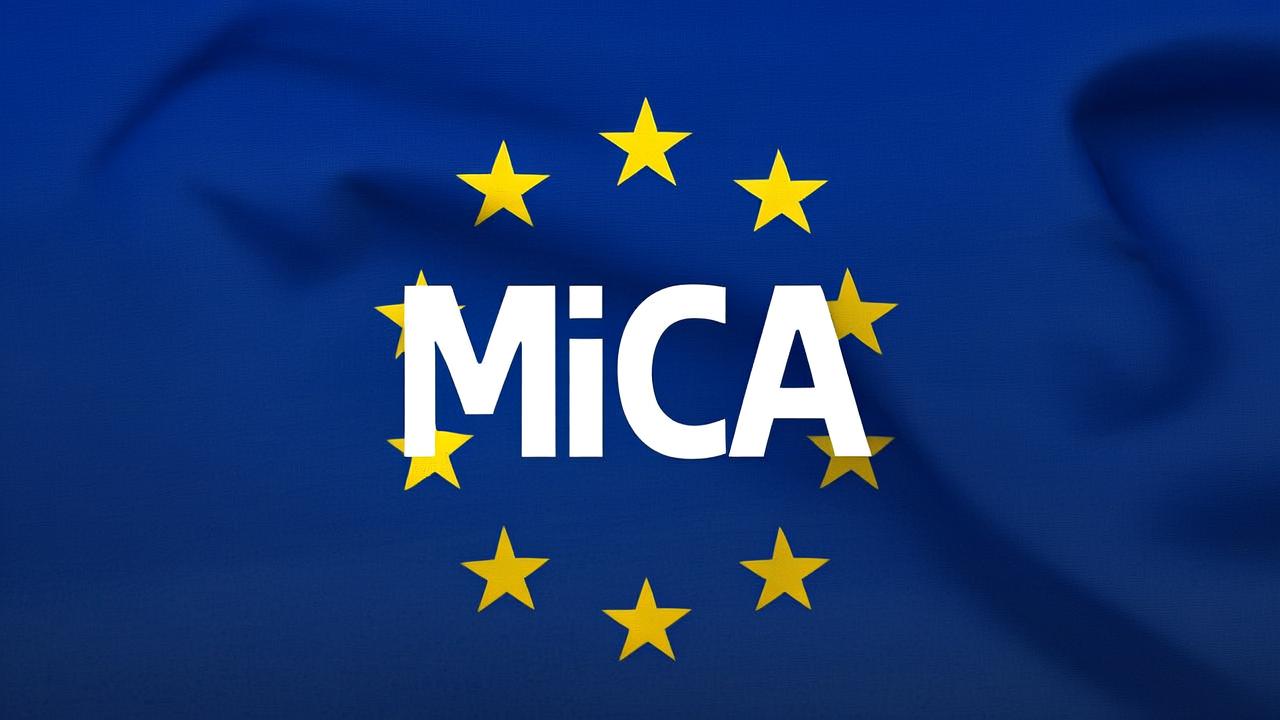Summary: Could MiCA regulations affect crypto projects looking to expand into the EU?
Yes, MiCA sets strict authorization standards that apply to all crypto asset service providers operating in the EU. ESMA’s latest review highlights increased scrutiny on risk areas like governance, Web3 tech, and unregulated services. Any project eyeing the European market may face tighter licensing requirements and regulatory oversight.
The European Securities and Markets Authority (ESMA) has published its assessment of Malta’s licensing procedures for crypto asset service providers, identifying key shortcomings in the Financial Services Authority’s (MFSA) approach and issuing recommendations to strengthen compliance under the EU’s Markets in Crypto-Assets Regulation (MiCA).
The EU’s financial markets regulator released a review on Monday stating that while the MFSA met some expectations regarding its supervisory structure and staffing, it fell short in key areas of the authorization process for a CASP, meeting requirements only partially.
ESMA’s review emphasized several concerns with Malta’s crypto licensing process, noting that the MFSA granted authorization to a CASP despite unresolved material issues. The assessment also found that certain risk areas were insufficiently evaluated during the approval process. However, the authority acknowledged Malta’s strong supervisory expertise and effective cooperation with other regulators.
Additionally, ESMA issued guidance to national regulators across the EU, urging them to closely scrutinize specific risk areas when reviewing applications from crypto asset service providers. These include business expansion plans, conflict of interest management, governance structures, intragroup relationships, ICT infrastructure, Web3 technologies, decentralized products, and the marketing of unregulated services.
ESMA’s review comes a little over a year after the MiCA framework came into effect. ESMA reinforced that MiCA’s authorization standards apply uniformly to all NCAs, emphasizing the regulation’s role in establishing a harmonized legal framework for digital assets within the EU. The report marks a significant step in aligning national oversight with the broader objectives of MiCA, ensuring transparency, stability, and investor protection in the rapidly evolving crypto sector.
MiCA Impact on Shiba Inu and Shibarium
As EU regulators ramp up enforcement of MiCA’s licensing requirements, the Shiba Inu ecosystem faces new regulatory questions. If Shibarium-linked protocols or DeFi projects plan to expand their operations into European markets, they may soon encounter heightened scrutiny and the need to secure formal authorization from relevant authorities. This shift could impact SHIB holders directly, especially as projects built on Shibarium—using tokens like BONE or TREAT—explore opportunities within the EU.
Moreover, any future bridges or decentralized applications connecting Shibarium to European financial infrastructure may be required to comply with MiCA’s rigorous standards. Even governance mechanisms like the Doggy DAO, particularly if its treasury engages with licensed entities or manages significant assets, could find themselves subject to regulatory oversight.
Navigating this evolving landscape will be critical for Shiba Inu projects aiming for long-term growth and mainstream adoption in Europe’s tightly regulated crypto environment.
Read More
- EU’s MiCA Forces Coinbase to End USDC Yield Program
- Ireland Partners with EU on Crypto Regulations Under MiCA
- French Regulator Accepts Crypto Service Provider Applications Ahead of MiCA Regulation
Michaela has no crypto positions and does not hold any crypto assets. This article is provided for informational purposes only and should not be construed as financial advice. The Shib Magazine and The Shib Daily are the official media and publications of the Shiba Inu cryptocurrency project. Readers are encouraged to conduct their own research and consult with a qualified financial adviser before making any investment decisions.










